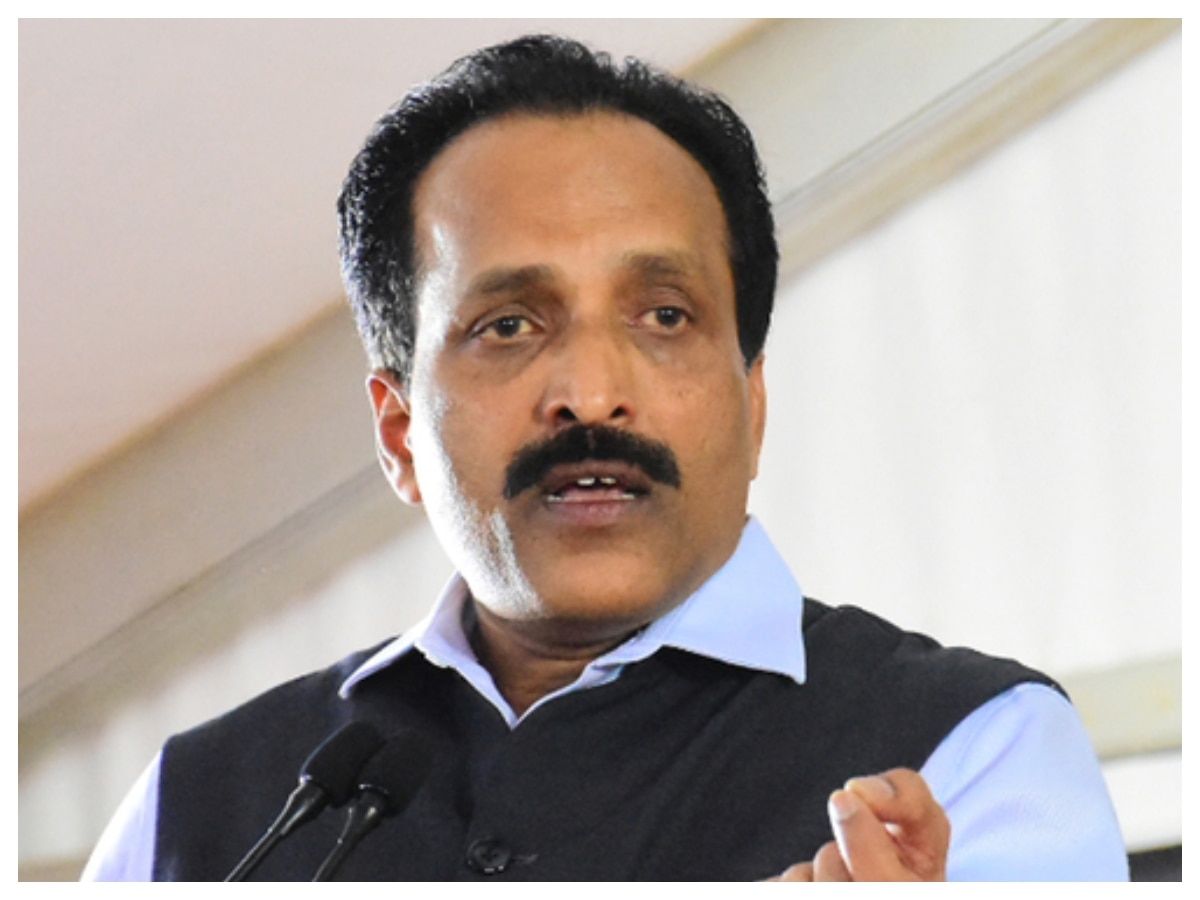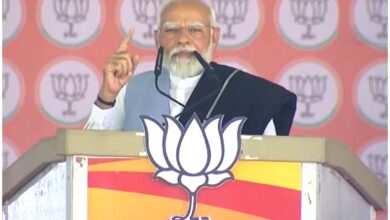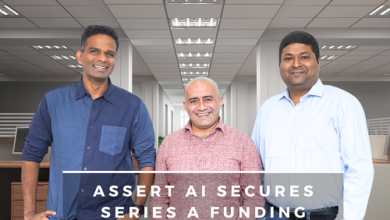New Delhi: In a shocking revelation, ISRO Chief Somanath has said that he was diagnosed with cancer on the day of the Aditya-L1 launch date. He also revealed that he is now cured. Notably, the Aditya L-1 was launched on September 2, 2023, only a few weeks after the successful soft landing of Chandrayaan-3 on the south pole of the Moon.
“There were some health issues during the Chandrayaan-3 mission launch. However, it was not clear to me at the time, I did not have a clear understanding about it,” ISRO Chief Somnath was quoted saying in a report by Tarmak Media House.
“It was a shock for the family. But now, I perceive cancer and its treatment as a solution.” the ISRO Chief also said.
Most importantly, talking about his recovery, the Space technology giant chief said, “But, now I am completely cured and have resumed my duties.”
Details On Astronauts In Gaganyaan Mission
The four astronauts who will be part of India’s first human space flight program, Gaganyaan, were trained at the Yuri Gagarin Cosmonaut Training Center in Russia, the same center where Rakesh Sharma underwent training. Rakesh Sharma was the first Indian to go into space in 1984.
Gagarin Cosmonaut Training Center (GCTC), at Star City, is about 30 kilometers north of Moscow. It was named for the first man in space, Yuri Gagarin.
The center offers high-tech training facilities, including integrated simulators. It also offers survival training for many possible landing situations, including mountains, woodlands, marshes, deserts, in the Arctic and on the sea. Meanwhile, Prime Minister Narendra Modi announced on Tuesday the names of the four astronauts who will be in Gaganyaan, slated to be launched in 2024–25.
Name Of Four Chosen Indian Air Force Pilots
The four chosen Indian Air Force pilots are Group Captain Prashanth Nair, Group Captain Ajit Krishnan, Group Captain Angad Pratap, and Wing Commander Shubhanshu Shukla. The four astronauts were trained at the Yuri Gagarin Cosmonaut Training Center in Russia.
Prime Minister Narendra Modi, who is on a visit to Kerala, reviewed the progress of the Gaganyaan mission and bestowed ‘astronaut wings’ on the astronaut-designates at Vikram Sarabhai Space Centre. The Gaganyaan mission is India’s first human space flight program, for which extensive preparations are underway at various ISRO centres.
“India’s success in the space sector is sowing the seeds of scientific temperament in the country’s young generation,” PM Modi said in his address at the Vikram Sarabhai Space Centre.
“As India is set to become the top-3 economy in the world, at the same time, the country’s Gaganyaan is also going to take our space sector to a new height,” the PM said.
As per ISRO, the Gaganyaan project envisages a demonstration of human spaceflight capability by launching a crew of three members into an orbit of 400 km for a three-day mission and bringing them back safely to earth, by landing in Indian sea waters.
Pre-requisites For Gaganyaan Mission
The pre-requisites for the Gaganyaan mission include the development of many critical technologies, including a human-rated launch vehicle for carrying crew safely to space, a life support system to provide an Earth like environment to crew in space, crew emergency escape provisions, and evolving crew management aspects for training, recovery, and rehabilitation of crew.
Various precursor missions are planned to demonstrate the technology readiness levels before carrying out the actual human space flight mission. These demonstrator missions include Integrated Air Drop Test (IADT), Pad Abort Test (PAT) and Test Vehicle (TV) flights. The safety and reliability of all systems will be proven in unmanned missions preceding manned missions. The LVM3 rocket, the well-proven and reliable heavy lift launcher of ISRO, is identified as the launch vehicle for the Gaganyaan mission.
Human safety is of paramount importance in the Gaganyaan mission. In order to ensure the same, various new technologies, comprising engineering systems and human-centric systems, are being developed and realised.
(With inputs from agencies)
Source link



